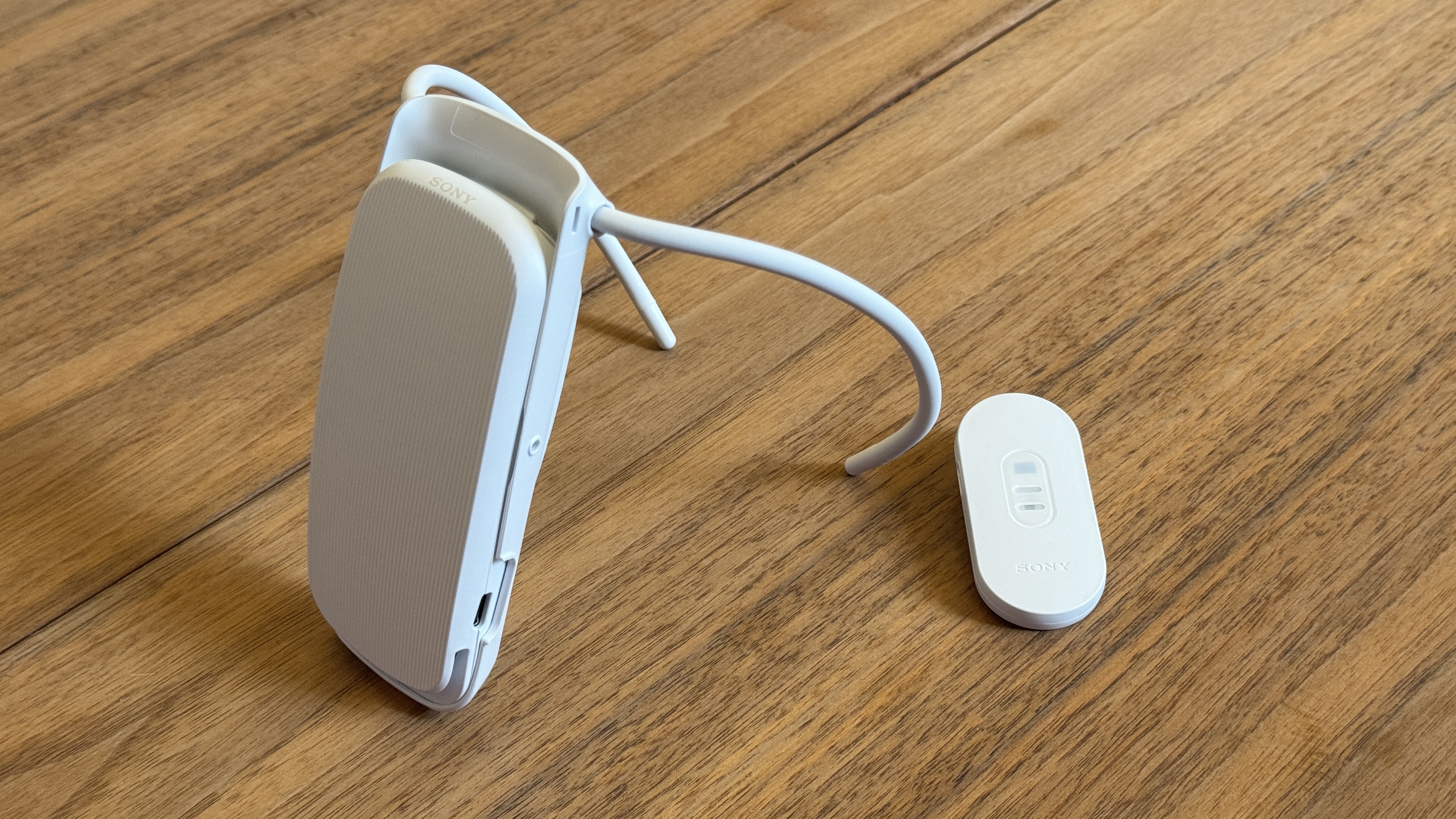It's official: Fallout has set the streaming world on fire. The hit series, which only began streaming on April 10, has dropped some seriously impressive numbers in its first two weeks on Prime Video. So much so, in fact, that's now the second most popular Amazon show of all time.
Confirmed in an X/Twitter post, Amazon's Fallout TV show has been streamed by 65 million people since it debuted. To put that into context, other wildly successful Prime Video shows, including The Boys, Invincible, and Reacher, didn't pull in as many audience members after their first seasons were released. Simply put: Fallout has enjoyed an explosively epic start to life on Amazon's primary streaming service.
OKIE DOKIE!!! pic.twitter.com/XWiZj0Y2NDApril 29, 2024
As *ahem* rad as those viewing figures are, Fallout can't claim a place in the history books as the most popular Prime Video show ever made. That honor belongs to The Rings of Power, Amazon's non-canonical Lord of the Rings prequel series, whose first season was seen by 100 million people worldwide after its September 2022 release.
There is one small caveat to The Rings of Power's popularity among audiences, though. The aforementioned viewership figure for the high fantasy series' debut season was accumulated between September and December, aka the three-month period after its initial launch. The fact that Fallout has amassed around 66% of that 100 million figure in just over two weeks, then, suggests it might have the legs to eventually overhaul its Prime Video sibling at the most-watched Amazon TV summit.
Even if it doesn't, Fallout has confirmed its position as one of the best Prime Video shows in many people's eyes. And, with Fallout season 2 greenlit just days after its predecessor's critically and commercially acclaimed arrival, more adventures across the Wasteland await us down the road.
More than an okey-dokey kind of Prime Video show

So, what's behind Fallout becoming one of the most-streamed Amazon TV Originals of all time?
There are a number of factors, including its authenticity to the source material, pleasing blend of multiple genres, its likeable cast, innovative and hard-working crew, and its accessibility to anyone who hasn't played any of Bethesda's post-apocalyptic game series, which Prime Video's TV show is also set in.
Oh, and let's not forget the fact that it fleshes out and expands upon Fallout's universe in wholly original ways – a prime example being that Fallout includes 'the one thing we could never do' in said games, according to Bethesda boss Todd Howard.
All of that – and a whole lot more that I could get into but won't because I'll be here all day – positions Fallout as a truly epic videogame adaptation. Indeed, in my review of Fallout season 1, I called it "an ambitious, prestige-flavored adaptation that brings one of gaming’s most iconic series to life with a highly satisfying blend of source material devotion and narrative originality".
Here's hoping season 2, which director/executive producer Jonathan Nolan teased some "really cool plans" for in my exclusive chat with him, will be as big of a blast as its forebear is on one of the world's best streaming services.
You might also like
- 'You're asking them to surrender that': Fallout's Jonathan Nolan wasn't sure if fans would like the Prime Video show's biggest changes
- 'Forever changed': Amazon's Fallout cast discuss their characters' 'violent' season 1 voyages across the Wasteland
- One of Fallout season 1's most heart-breaking finale scenes was reshot because 'it didn't feel right', star says
from TechRadar - All the latest technology news https://ift.tt/YBDhQlO












0 coment�rios: